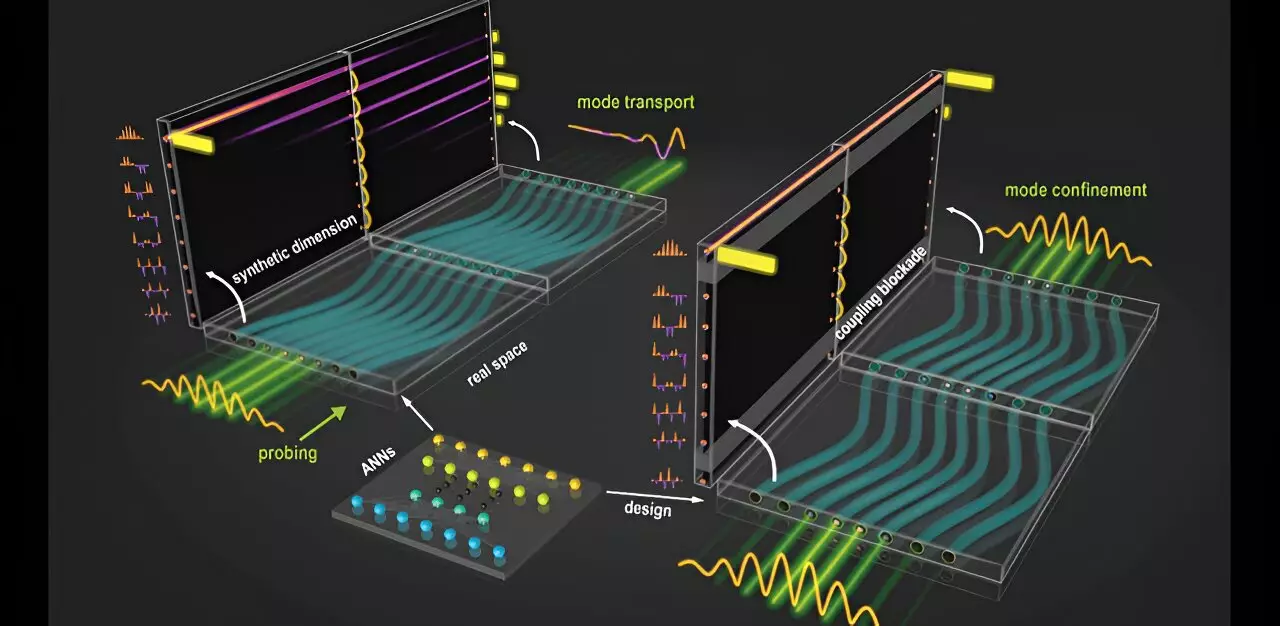Synthetic dimensions (SDs) have sparked interest in the realm of physics as researchers delve into the possibilities of investigating phenomena in dimensions beyond our traditional 3D space. This frontier of active research offers a pathway to unlock rich physics that were previously inaccessible. The concept of SDs has particularly caught the attention of experts in topological photonics due to its potential to reveal fundamental understandings in physics that could lead to groundbreaking advancements.
Experimentally realizing complex lattice structures with specific couplings has been a primary challenge in conventional 3D space. However, with the introduction of SDs, researchers now have a more accessible platform to create intricate networks of resonators with varying couplings. This advancement has already led to remarkable demonstrations of non-Hermitian topological winding and other significant phenomena, propelling the field forward.
Various parameters or degrees of freedom within a system can be manipulated to construct SDs, offering promising applications across diverse fields like optical communications and topological insulator lasers. The goal of constructing a “utopian” network of resonators where all parameters are controllable is within reach with precise mode manipulation within photonic systems. This could significantly enhance data transmission, energy harvesting efficiency, and laser array radiance.
An international team of researchers recently made a groundbreaking advancement in the field of SDs by creating customizable arrays of waveguides to establish synthetic modal dimensions. This breakthrough allows for effective control of light within a photonic system without the need for additional complex features. By modulating perturbations and employing artificial neural networks (ANNs) to design waveguide setups, researchers were able to showcase the unique properties of synthetic dimensions.
The implications of this work are substantial, as researchers aim to optimize the design and fabrication of integrated photonic devices by fine-tuning waveguide distances and frequencies. This not only offers glimpses into geometrically inaccessible physics but also holds promise for applications in mode lasing, quantum optics, and data transmission. The fusion of topological photonics and synthetic dimension photonics empowered by ANNs opens doors to new possibilities for discoveries that may revolutionize materials and device applications in the future.
This article provides a glimpse into the cutting-edge research and advancements in the field of synthetic dimensions in physics. From exploring higher-dimensional spaces to manipulating parameters for SD construction, researchers are pushing the boundaries of traditional physics and paving the way for groundbreaking discoveries. The customizable arrays of waveguides and the use of artificial neural networks showcase the immense potential of SDs in revolutionizing various applications across different fields. With promising applications and future discoveries on the horizon, the fusion of topological photonics and synthetic dimension photonics fueled by ANNs is poised to bring about unprecedented advancements in materials and device applications.


Leave a Reply